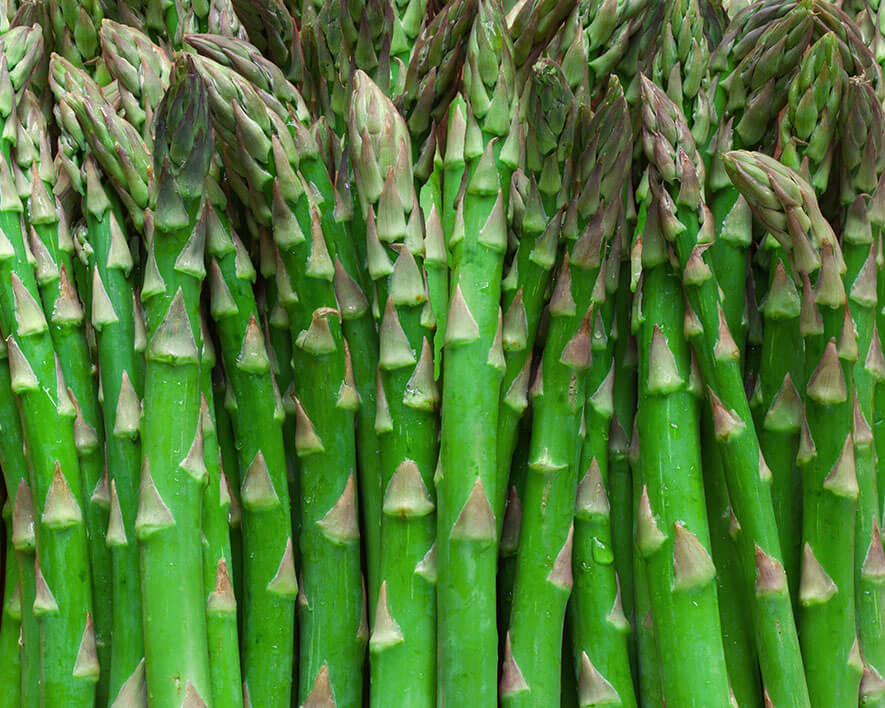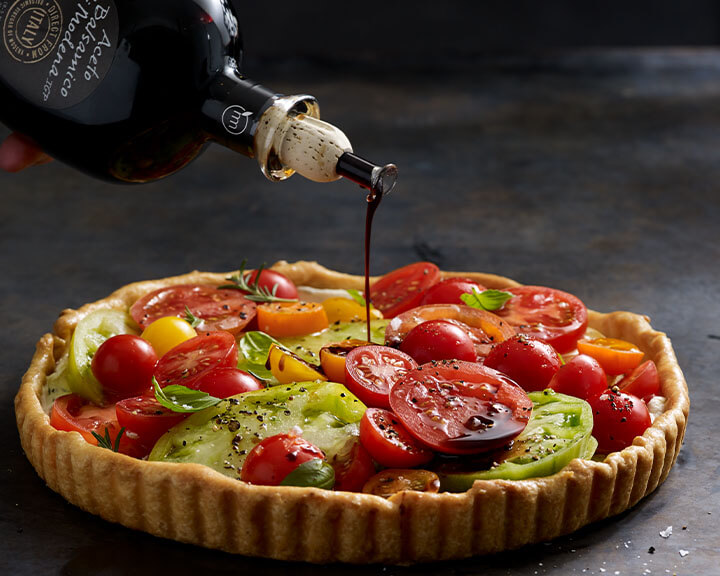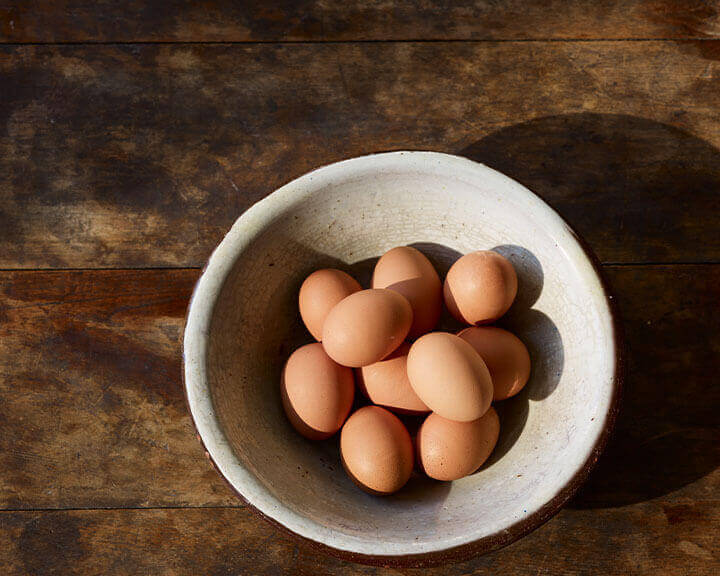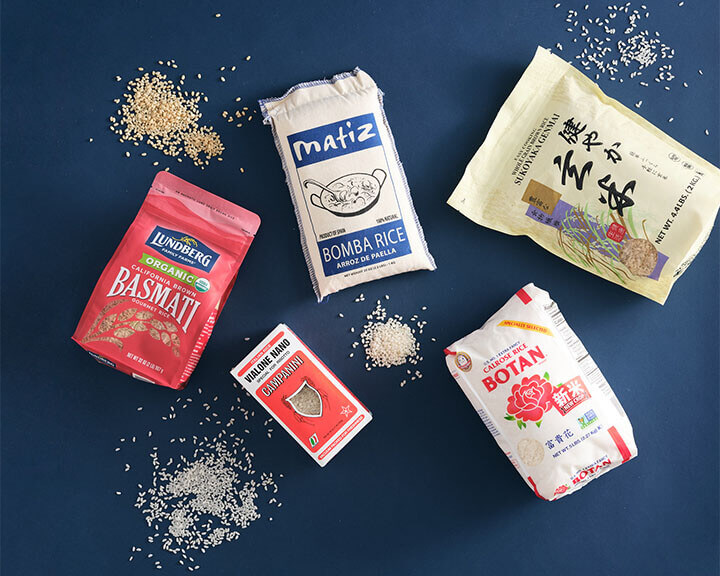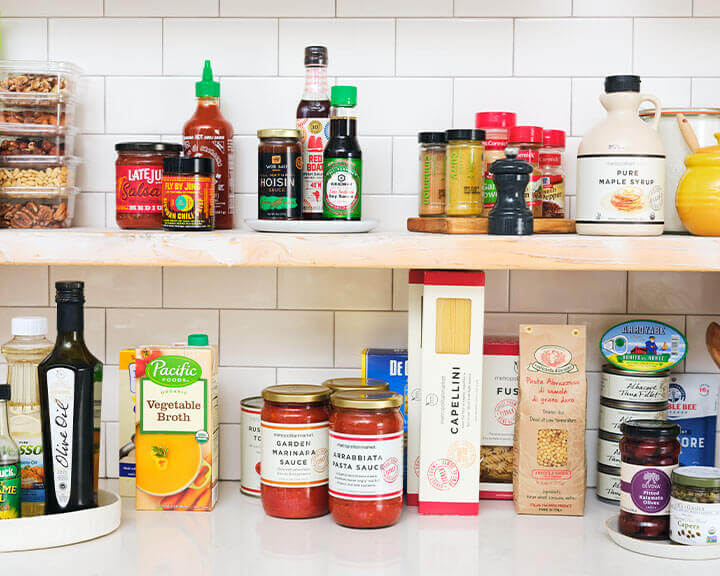101
While the terms “grilling” and “barbecuing” are often interchangeable, our “backyard barbecue” concept—the one where we gather around for burgers and dogs hot off the grill—is actually sort of a misnomer. That hot dog or cheeseburger you’re holding? It’s probably been grilled, not barbecued. You grilled it because certain foods work best with certain cooking methods, and the classics are often cooked over high heat for a shorter period of time, which qualifies as a technique called “grilling.” Grilling, barbecuing, and smoking are all are delicious ways to put dinner on the table, but the cooking time, temperature and smoke level vary between the three. Here’s your guide to deciding how to cook what you bring home, and why you’ll never “barbecue” a skirt steak again.
Grilling
Grilling refers to cooking foods over high heat (think 300 degrees Fahrenheit and up, but often much higher) for shorter periods of time. Typically, preparing for grilling involves heating a gas grill to high or preparing a charcoal or hardwood fire in a kettle grill and waiting until the coals are screaming hot. Grilling is great for meats and fish that are naturally tender, without a lot of connective tissue. High heat allows proteins to brown beautifully on the outside without overcooking on the inside. More traditional cuts of beef, like New York, ribeye, T-bone, or flat iron steaks are perfect for grilling, but you can also explore more novel cuts like hanger, chuck eye, and skirt steaks, which are also delicious grilled. For best flavor and even cooking, remove steaks from the refrigerator, pat them dry, and season them before you start a gas grill or light the charcoal, so the meat has a chance to come up to room temperature before it hits the flames (here’s our guide to grilling steak). Of course, burgers, sausages, hot dogs, boneless chicken thighs, salmon and halibut fillets are also great on the grill, as are sturdy vegetables like zucchini, onions, peppers, broccoli, and asparagus (try a grilled vegetable grazing platter). Typically, thinner cuts will take less time to cook. In general, it’s best to allow food to sear on the grill’s grates until it’s had a chance to caramelize, or turn brown, before moving it for the first time. The classic caramelized grill marks may look pretty, but they’re also a sign that your meats or vegetables have released from the cooking grates and are ready to turn easily.
Barbecuing
While grilling is fast and hot, barbecuing refers to slow cooking over low heat, typically done over a number of hours. It’s best for meats with lots of fat, collagen, and connective tissue, which break down slowly over time, giving tougher cuts like beef brisket, pork ribs, and pork shoulder tenderness and deep flavor. Some barbecue recipes call for adding wood to the coals, as with smoking (see below). The definition of “barbecue” changes from region to region, and is hotly contested, but here in the Pacific Northwest, barbecue doesn’t necessarily require smoke or barbecue sauce in any way; it’s simply the time (long) and temperature (low) of the cooking process itself. Barbecuing works well with a huge range of flavors and cuts, so try a Peruvian-style grilled whole chicken or Bo Ssam-style pork shoulder. Before you start, make sure you know how to maintain low, slow heat on your grill. For gas grills, this often means only turning on one of your model’s burners, and for charcoal cooking, you’ll need to arrange coals in an even layer and learn how to feed the kettle hot coals slowly, so the heat doesn’t rise too much as you add them. Keeping the lid on during barbecuing helps maintain a constant temperature for longer periods of time.
Smoking
Smoking is another low-and-slow cooking method that infuses food with the flavor of smoke by burning hardwoods such as hickory, cherry, apple, alder, or oak close to the food as it cooks. While high-heat grilling almost never involves smoking, low-heat barbecuing often does. You can create a charcoal smoker in a kettle grill by adding lump hardwood directly to the charcoal, or by soaking and adding smaller wood chips sold specifically for smoking foods. This approach, where you add hardwood directly to the charcoal, is often the best way to add smoky flavor to barbecued meat. Meat that is smoked at very low temperatures—think smoked salmon, trout, black cod, sausages, pork leg, pork belly or vegetables like tomatoes or mushrooms—is often made in “stick smokers” or “pellet smokers,” two other cooking appliances that have separate smoking chambers and cook foods with more intense smoky flavor over extremely low heat. Telltale signs of successfully smoked meat include the lovely aroma, of course, but also a pink ring or line around the edge of the sliced meat and often (on beef and pork) a dark, chewy exterior called the “bark.
CHOOSING THE BEST METHOD
When it comes to dinnertime, choose between grilling, barbecuing, and smoking based on how much time you have. Since barbecuing is best for tougher cuts of meat but requires more time (and importantly, more constant attention during that time), consider saving barbecuing projects for weekends, or when you’ll have more flexibility. Ditto for smoking, which can be an all-day process, depending on the size of what you’re making. For weeknights, focus on grilling quick-cooking proteins so you spend less time on the actual cooking process (and because there are no cooking dishes, there is less clean up as well).
Five Tips for Pro Grilling

- If cooking over charcoal or hardwood, dump out any ash from previous uses before grilling. Good airflow from the bottom of the kettle is crucial to good heat regulation, so start clean each time.
- It’s often easiest to clean a grill’s cooking grate when it’s hot, and a clean surface minimizes sticking. Brush your grate with a heavy-duty grill scrubber (and use a silicon brush or old dish towel to coat the grate with a light layer of neutral oil, if desired) right before cooking.
- Learn to set up your grill for direct and indirect cooking. For many cuts—especially larger piece of meat—it’s useful to have an area for direct cooking, where the protein is directly over the heat source at a high temperature, as well as a spot for indirect cooking, for longer cooking at a lower temperature. This is especially important for barbecuing.
- The grill’s temperature drops every time you open the lid. For larger cuts of meat that require careful temperature regulation, try using a wireless meat thermometer, which allows you to avoid opening the grill. Otherwise, have everything you need at the ready before lifting the lid so you can work quickly.
- For gas grills that aren’t plumbed directly to a fuel line, always keep two containers of propane on hand—that way if one runs out, there’s always an extra full tank ready for immediate use.

